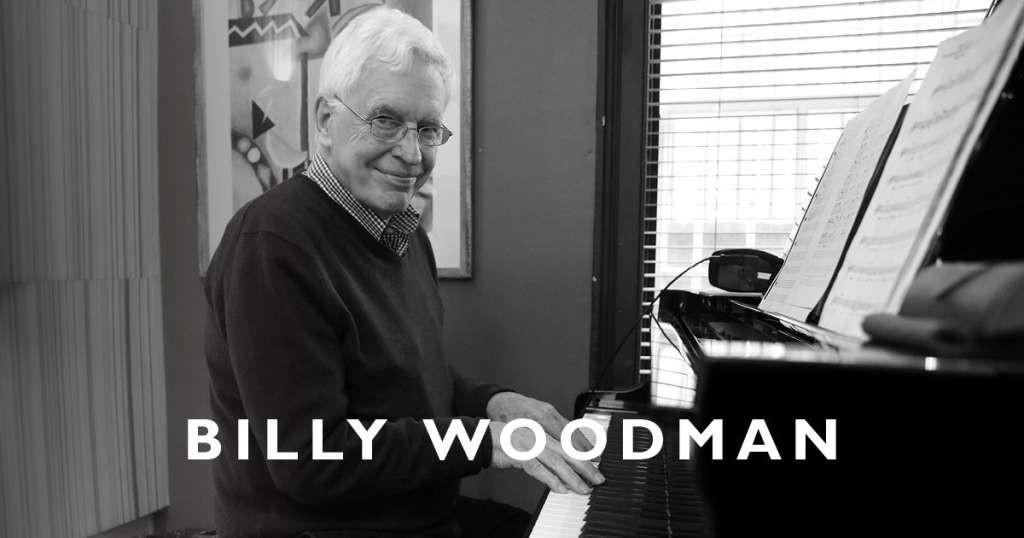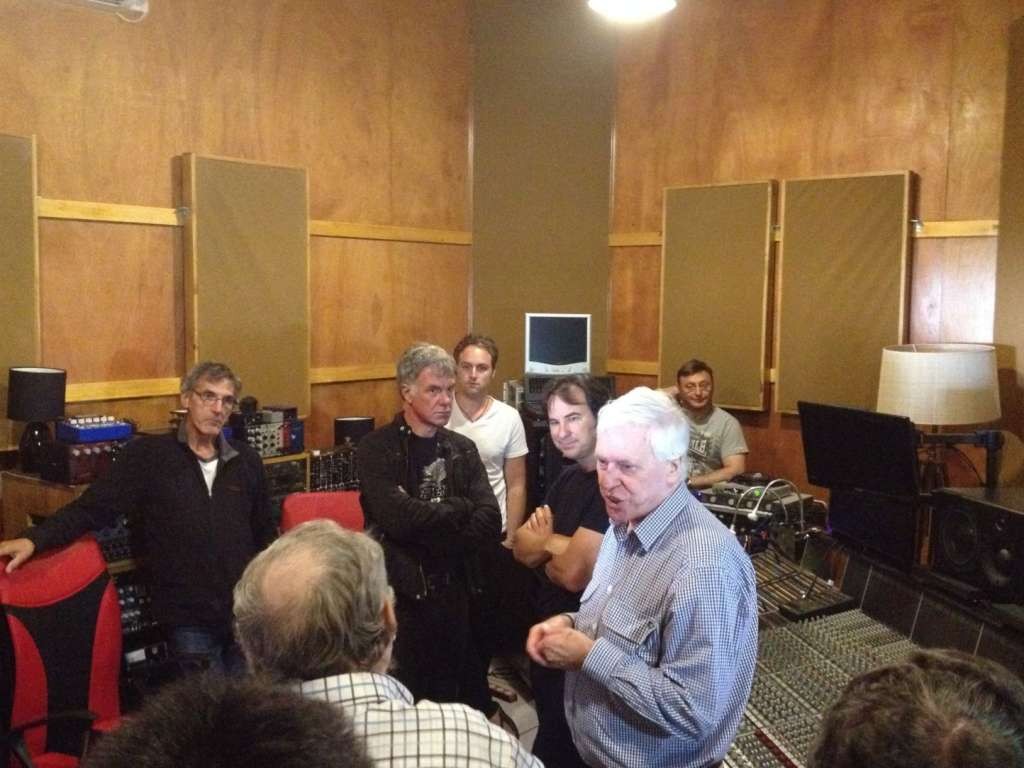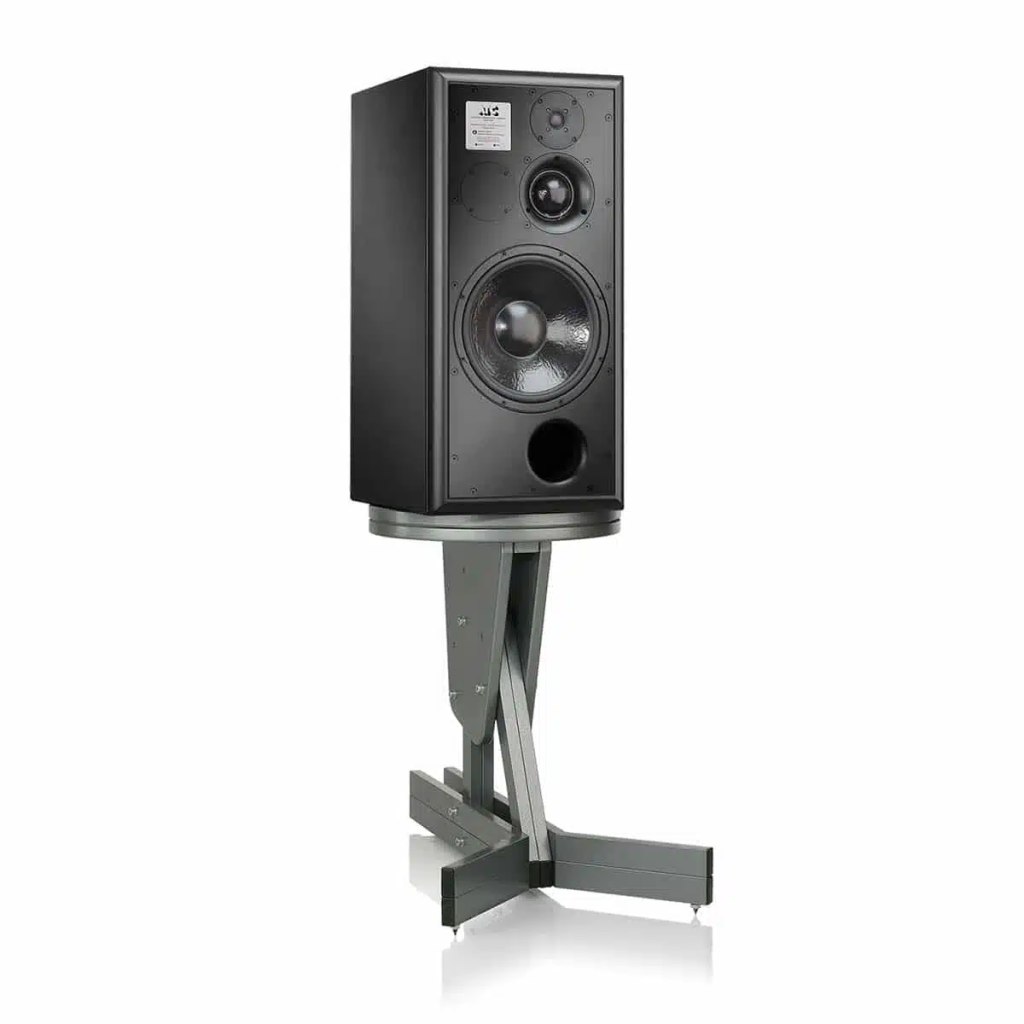Grabación, mezcla y masterización
Publicado el 14/06/2023

Billy Woodman, born in 1946 in Castlemaine, central Victoria, Australia, has had a multifaceted life and career spanning music, engineering, and loudspeaker design.
While his true passion was music, Woodman pursued engineering studies at the nearby university in Bendigo due to financial constraints.
However, his love for jazz and piano persisted throughout his youth, and he continued to perform professionally in clubs while studying engineering.
Woodman's interest in engineering stemmed from his father's encouragement to tinker with farm machinery and tractors.

Woodman's interest in engineering stemmed from his father's encouragement to tinker with farm machinery and tractors.
He developed a keen interest in the mechanical aspects and began dismantling and reassembling cars to learn more about their workings.
His affinity for music eventually directed his attention towards the reproduction of sound. Although his studies focused on power engineering, Woodman decided to write his final year thesis on loudspeaker design. In pursuit of expertise, he sought guidance from Australian industry experts like Neville Theale and others, who supported his passion and encouraged him to pursue a career in loudspeaker design.
During that time, Woodman found employment with Rola, a well-known Melbourne-based company that produced everything from loudspeaker cabinets to electronics, including tape recorders used by Australian broadcasting authorities.
Based on the merits of his thesis, Woodman was hired as a loudspeaker development engineer. He spent 18 months with the company, gaining practical experience in the field.
In 1970, Woodman seized an opportunity to travel to England by playing the piano on an ocean liner transporting assisted passage immigrants.
Prior to his trip, he had written to Goodmans, a respected loudspeaker company in Wembley, expressing his interest in working with them.
Goodmans responded positively and invited him for an interview and then, thanks to his expertise, was hired as a development engineer.
Woodman's employment at Goodmans initially involved further development of loudspeakers.
Later on he found himself working in the company's laboratory, as the manager had been transferred and promoted to a different role. Woodman's passion for playing the piano every night further solidified his decision to stay with Goodmans. The company also supported him in pursuing a day-release course at London University, where he obtained an M.Sc. in Applied Acoustics.
Goodmans, at that time, served as a training ground for many talented individuals who would go on to lead loudspeaker companies worldwide. His work at Goodmans involved the development of one of the first soft dome tweeters, later known as the Axent, which utilized a one-inch doped fabric diaphragm.
He gained valuable practical experience in transducer design and also focused on improving Goodmans' range of public address cone drivers, enhancing efficiency, power handling, and dynamic capability.
He introduced the concept of edge-wise winding of voice coils with flattened wire, a technique he continued to refine throughout his career.
After spending four years at Goodmans, Woodman recognized that his future ambitions might not align with the company's focus on mass-producing basic loudspeaker units for incorporation in televisions and cars.
His innovative ideas, including a large midrange dome, were not finding a suitable platform at Goodmans.

In 1974, Woodman decided to leave and establish his own small company.
Woodman started his company, initially based in Richmond and later at the Pier House Laundry near Kew Bridge in London.
There, he dedicated himself to realizing his concept of a large midrange dome, which he believed would offer superior sound reproduction without the need for horn loading.
He worked with Swift Levick to develop heavy-duty drivers that found application in the professional field.
ATC quickly made its mark with the 12″ PA75-314 driver, a design capable of handling more power and producing less distortion at a higher sound pressure level than any other unit on the market.
1976 saw the first production of the ground-breaking SM 75-150s soft dome midrange driver, a technical tour-de-force, whose innovative up-scaled design reproduced a more uniform dispersion, wider bandwidth and much lower distortion than was thought possible at the time.
It revolutionized studio monitoring and has since become recognised as the ultimate mid-range transducer for both domestic and professional applications.
Utilizing exotic materials and precision tolerances, the latest version of the SM 75-150s represents the apex of drive unit technology.
The next decade witnessed the introduction of complete speaker systems and further versions of the high power PA drive units used in OEM form by many leading manufacturers and performers – Pink Floyd and Supertramp were early customers.
During this period ATC researched and developed the first active system elements, introducing the EC23 Active Crossover with built in phase correction.
A contract with Danish Radio for an active portable monitor provided the opportunity to integrate the new SCM50 and SCM100 speakers with a Tri-amp pack and electronic crossover to create the industry standard SCM50A and SCM100A, the first reliable and accurate active systems.

With regular fine tuning they remain as popular today in both professional and hi-fi applications.
Having established a market for reference quality precision-made monitors, a succession of smaller ATC speakers then evolved, ranging from SCM7s through 10s and 20s.
Available in both active and passive versions, they offered elite ATC performance and reliability to many new customers. Just to name a couple, it is worth mentioning the SCM25A and SCM45A models.
1996 welcomed the launch of ATC’s first stand alone audiophile electronics.
Both SCA2 pre-amplifier, SPA2-150 power amplifier and later the SIA2-150 were built according to ATC’s no compromise philosophy, achieving performance figures that still rank as among the best available.
In their latest versions they continue to offer unrivaled precision and performance.
In the same year Billy Woodman and his research team developed an innovative new driver topology designed to eliminate the effects of magnetic hysteresis as a significant source of distortion in loudspeaker drive units.
Utilizing a new material from the communications industry, ATC’s Super Linear (SL) driver reduced third harmonic distortion by 10-15dB between 100Hz and 3kHz.
Arguably the most significant development in transducer design in the last 15 years, SL technology epitomizes ATC’s commitment to sound quality.
The SL drivers’ accuracy in reproducing piano and male vocals remains unique.
Outside of his engineering pursuits, Woodman had a keen interest in restoring pre-war farm machinery and tractors.
He built an extensive collection of old tractors, which he showcased in a dedicated museum at Aston Down near Stroud, where ATC was later relocated.
This rural retreat became an integral part of Woodman's life, allowing him to reconnect with his early interests and unwind from the pressures of running a business.
In conclusion, Billy Woodman's life and career encompassed a passion for music, a dedication to engineering, and a pursuit of excellence in loudspeaker design.
From his early days tinkering with farm machinery to his influential role in founding and leading ATC, Woodman's contributions to the audio industry have left a lasting impact.
His commitment to superior sound reproduction, his innovative designs, and his emphasis on amplifier power have shaped the way loudspeakers are perceived and enjoyed by music enthusiasts and professionals around the world.
Bill Woodman passed away peacefully surrounded by his family on 21 July 2022, aged 76 years old.
The information and data reported in this post have been collected from following sources:
¡Únete a nosotros y obtén un 5% de descuento en tu próximo pedido!

Carro vacío